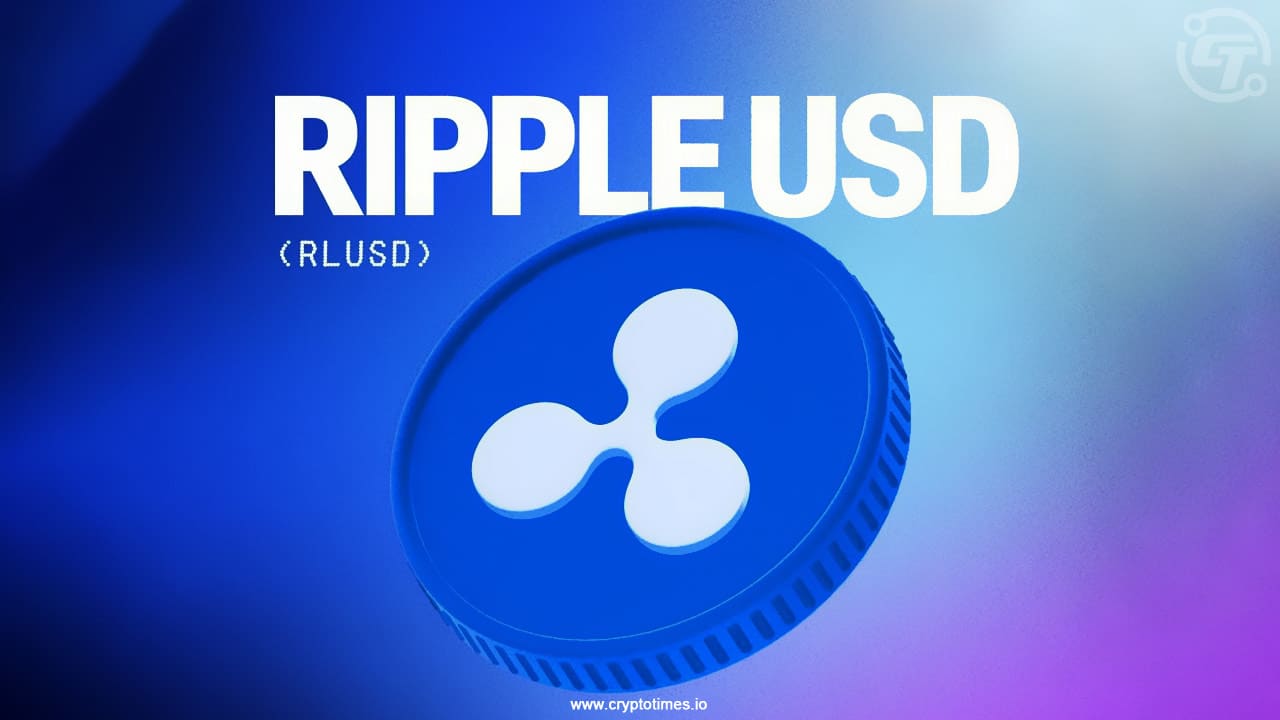Despite the Pi Network’s long-awaited App Studio upgrade, the token’s value has plunged to record lows, leaving its investors and community members questioning the project’s future.
The coin, which once traded near $3, has tumbled by over 90 per cent to around $0.20, one of the highest declines in the crypto market this year.
The drop comes as Pi’s developers roll out new ecosystem updates designed to boost adoption and engagement, but the price action suggests a contrasting response from its community.
Pi Network upgrade fails to raise the price
Last week, the platform developers launched a new upgrade to the Pi App Studio, a tool that empowers users to build, customise, and integrate decentralised applications within their ecosystem.
The updated version now offers AI-assisted customisation, better accessibility through Pi Desktop, and improved staking integration, all intended to expand the platform’s utility.
Through these updates, creators can use AI to generate app logos, welcome messages, and iterative improvements for chatbots and custom apps.
A redesigned interface allows users to explore and stake Pi tokens on community-built applications. The goal is clear: to foster a more functional and connected ecosystem.
However, despite the technical rollout, the network price has largely ignored these developments.
The token’s continuing decline reflects the project’s concerns that upgrades alone may not be enough to restore trust or stabilise the market.
Meanwhile, data indicates that more than 1.2 billion Pi coins will enter circulation over the next year, flooding the market and eroding value.
This uncontrolled supply growth has outweighed any positive sentiment generated by the recent updates.
Adding to the problem, Pi Network remains highly illiquid, with daily trading volumes below $50 million, as most major exchanges have yet to list the token.
Moreover, its governance structure remains centralised, with the Pi Foundation reportedly holding over 90 billion tokens. These factors raised serious questions about transparency and decentralisation.
Since its mainnet launch in February, the token has been in a free fall, trading consistently below all key moving averages.
Why is the network’s development slow?
Pi’s poor performance is growing community frustration and is part of its slow development. Many users have complained about token migration issues, with reports of missing or locked balances even after completing Know Your Customer (KYC) verification.
The slow progress on exchange listings and persistent technical glitches led to widespread doubt about their roadmap.
The gap between Pi’s Global Consensus Value (GCV), a price some believers claim reflects its “real” worth, and its actual market price has further divided the community.
While early adopters remain hopeful for a rebound, others are losing patience and exiting the project altogether. Without exchange listings, stable liquidity, and transparent token management, even the best technological updates may not move the needle.
The token’s short-term recovery targets between $0.35 and $0.50, but reaching those levels will depend entirely on renewed investor confidence and meaningful ecosystem growth.

















